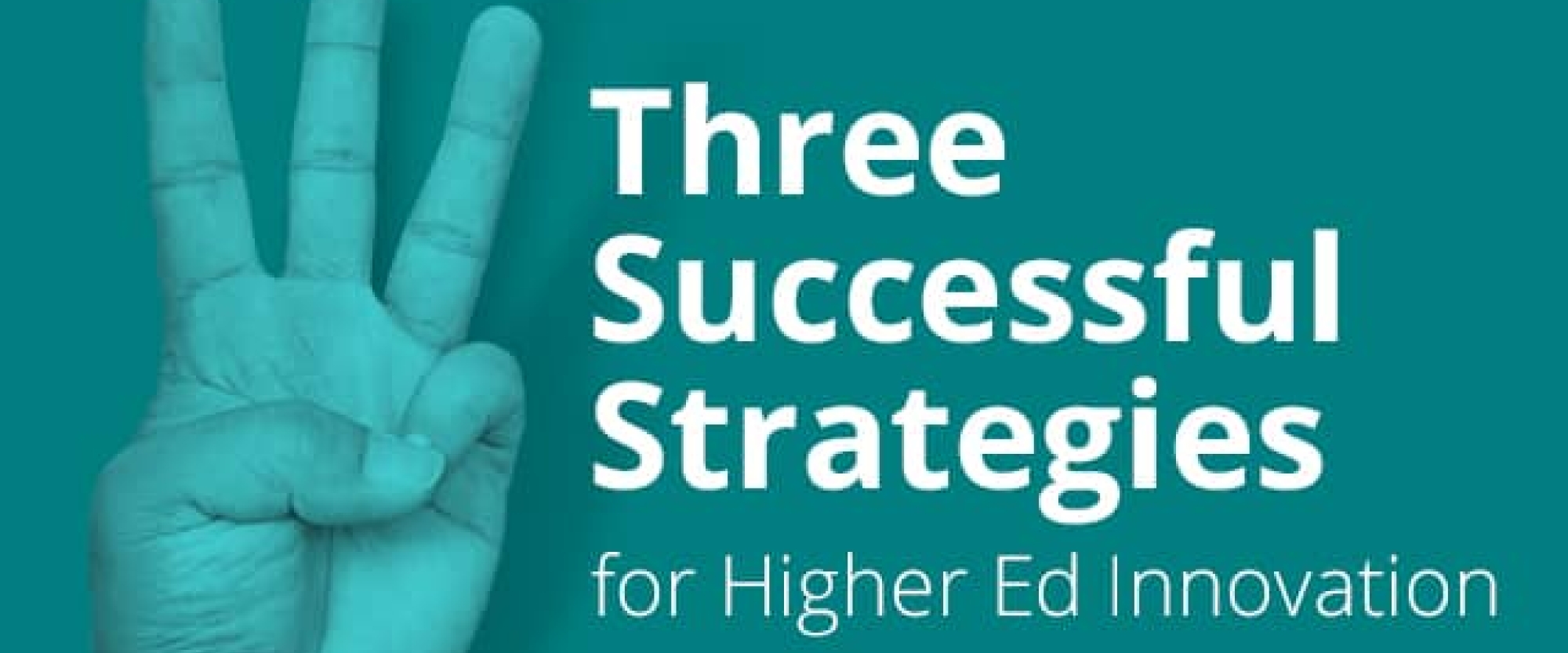Recently the venerable Washington Monthly took a look at "America's Ten Most Innovative College Presidents" and evaluated college presidents in a refreshing way. Instead of focusing on traditional success factors like selectivity, prestige, and the size of the university’s endowment, it featured presidents who have rolled out innovations in diversity, research, and affordability.
We were thrilled to see three of our own UIA leaders on that list. Here’s a closer look at what these visionaries are doing to change higher education for the better.
Pro-active interventions for off-track students. Georgia State University’s Mark Becker has embraced predictive analytics to increase rates of student success with strongly positive results. The university pro-actively identifies students who have gone off-track and puts that information into the hands of advisors, deploying as many as 3,000 advisor hours per week for off-track students. As a result, GSU has doubled grad rate in the last seven years and eliminated the achievement gap between students of different racial and ethnic backgrounds, even as the student body has become larger and more diverse. Becker also created a the Panther Retention Grant program, offering tuition and fee relief to students experiencing financial shortfalls. Nearly 90% of Panther Grant recipients graduate or are retained within two semesters.
Strong emphasis on research and online education. Since accepting the position of president in 2002, Arizona State University’s Michael Crow has grown the student body, increased graduation rates, and enrolled significantly more Pell-eligible students. His strong emphasis on research has attracted more funding to the university while high profile collaborations have brought widespread attention to issues of access. As a result of his highly publicized agreement with Starbucks, for instance, ASU now offers free online courses to employees of the coffee chain, dramatically increasing access to undergraduate education.
Tight partnerships with community colleges. President John Hitt has grown the University of Central Florida into America’s second-largest university. How did he do it? One of his most successful strategies has been to offer guaranteed admission to students who earn an associate's degree from one of five community college partners. Through the DirectConnect program, Hitt has increased not just the overall size, but also the diversity and graduation rate of UCF’s student population. Working collaboratively with other community institutions, Hitt helped to establish clear pathways between two-year and four-year institutions. As a result, UCF has grown its programs while experiencing a significant increase in graduation rates among its partners. Once at UCF, 71 percent of DirectConnect students go on to complete a bachelor’s degree.
The UIA is proud to count Presidents Becker, Crow, and Hitt among its innovative leaders and to see the rapidly growing awareness of the challenges facing college and university students today. Such innovations mean something bigger than just more students walking the stage on graduation day. These students will gain access to better economic opportunities throughout their entire lives — helping America meet its economic potential and remain competitive in the global marketplace.

